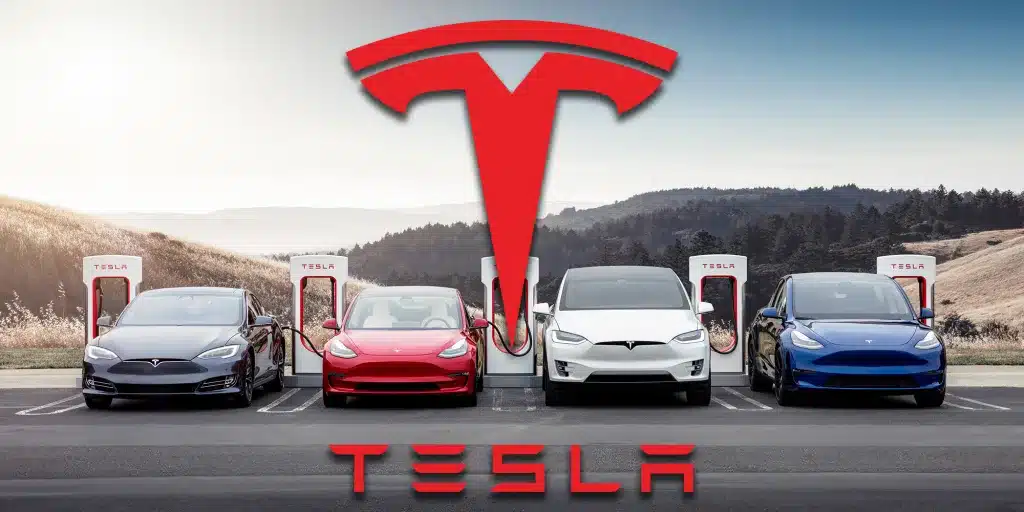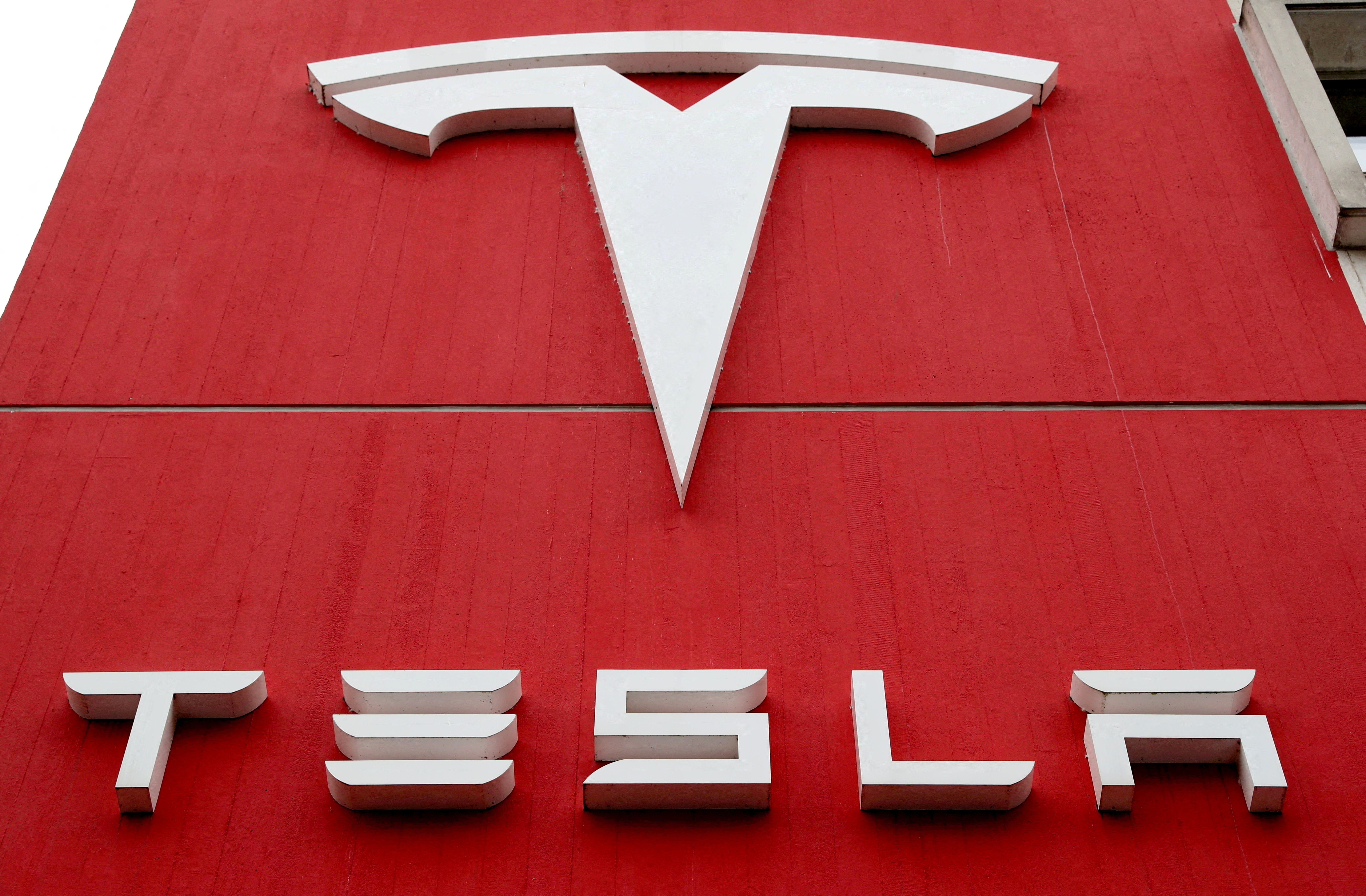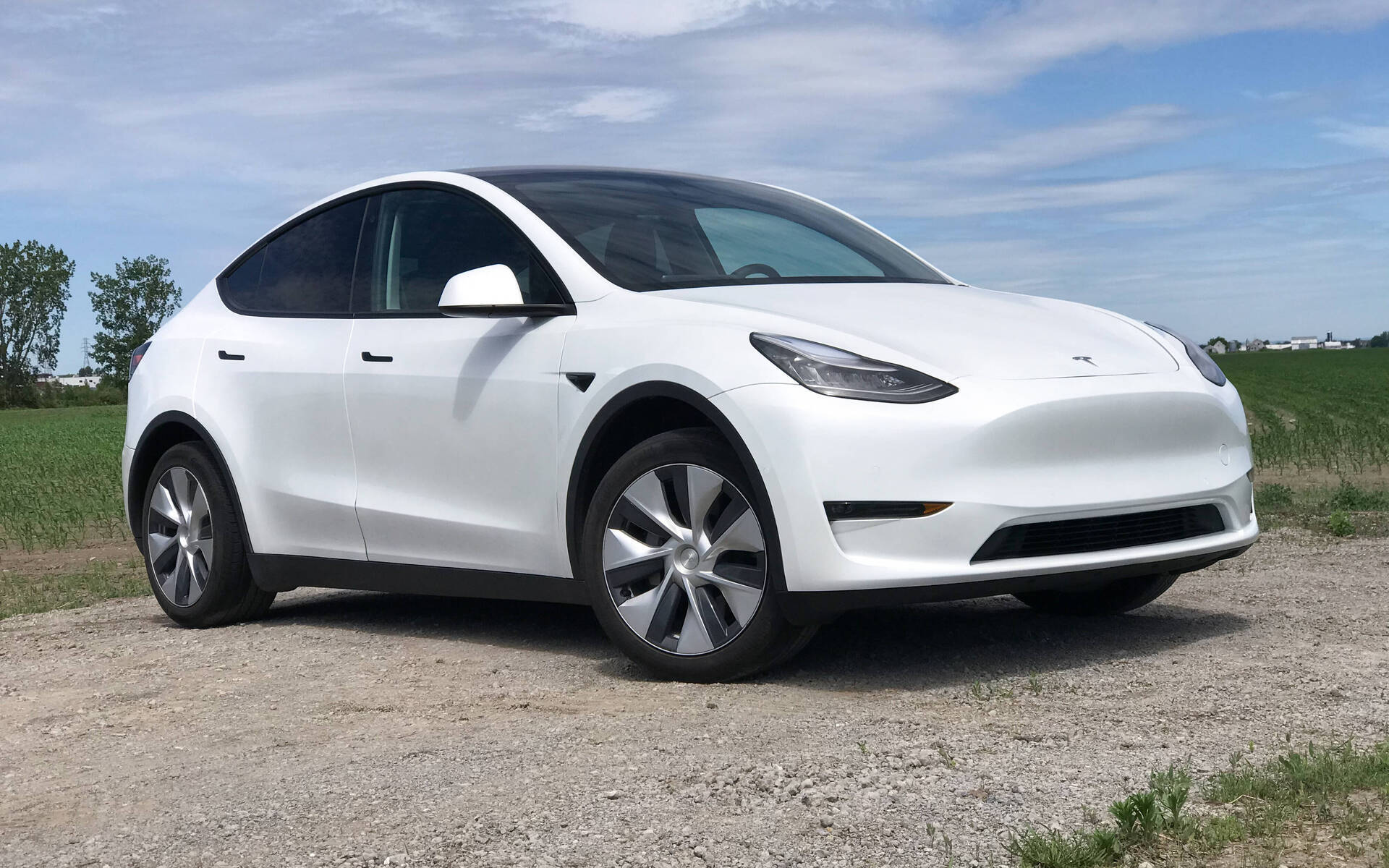Innovation
NASA’s 1st Moon Crew In 50 Years Includes 1 Woman, 3 Men

NASA on Monday named the four astronauts who will fly to the moon by the end of next year, including one woman and three men.
The three Americans and one Canadian were introduced during a ceremony in Houston, home to the nation’s astronauts and Mission Control.
“This is humanity’s crew,” said NASA Administrator Bill Nelson.
The four astronauts will be the first to fly NASA’s Orion capsule, launching atop a Space Launch System rocket from Kennedy Space Center no earlier than late 2024. They will not land or even go into lunar orbit but rather fly around the moon and head straight back to Earth, a prelude to a lunar landing by two others a year later.
Victor Glover, an African American naval aviator, Christina Koch, who holds the world record for the longest space flight by a woman; and Jeremy Hansen from Canada will work alongside mission commander Reid Wiseman. All are space veterans except Hansen.
They select crew for fly-by moon mission
“This is a big day. We have a lot to celebrate, and it’s so much more than the four names that have been announced,” said Glover.
This is the first moon crew to include a woman and someone not from the U.S. — and the first crew in NASA’s new moon program, named Artemis. Late last year, an empty Orion capsule flew to the moon and back in a long-awaited dress rehearsal.
Apollo, NASA sent 24 astronauts to the moon from 1968 through 1972. Twelve of them landed. All were military-trained test pilots except for Apollo 17′s Harrison Schmitt, a geologist who closed out that moon landing era alongside the late Gene Cernan.
Provided this next 10-day moonshot goes well, NASA aims to land two astronauts on the moon by 2025.
NASA picked from 41 active astronauts for its first Artemis crew. Canada had four candidates.
SOURCE – (AP)
Innovation
NASA Astronauts Arrive For Boeing’s First Human Spaceflight

The location is Cape Canaveral, Florida. On Thursday, the two NASA astronauts designated for Boeing’s inaugural manned space mission arrived at the launch site approximately one week before their planned departure.
Butch Wilmore and Suni Williams have been selected as test pilots for Boeing’s Starliner capsule, marking its inaugural crewed mission following significant delays. On Thursday, they traveled by air from Houston to Kennedy Space Center.
AP – VOR News Image
NASA Astronauts Arrive For Boeing’s First Human Spaceflight
Scheduled for launch on May 6 using an Atlas rocket, the Starliner spacecraft will go to the International Space Station for a week-long test mission. Boeing is endeavoring to close the gap with SpaceX, which has been conducting manned space missions for NASA since 2020.
Boeing’s two earlier Starliner test flights were unmanned. The initial launch in 2019 was unsuccessful in reaching the space station due to software malfunctions and other technical issues. Boeing replicated the demonstration in 2022. In more recent times, the capsule encountered problems with its parachutes and had to address the issue of flammable tape that needed to be eliminated.
Wilmore emphasized that this is a test flight intended to uncover any anomalies.
AP – VOR News Image
NASA Astronauts Arrive For Boeing’s First Human Spaceflight
Do we anticipate flawless execution? “This is the inaugural manned voyage of the spacecraft,” he informed the press. “I am confident that we will discover information.” This is the reason why we engage in this activity.
NASA enlisted the services of SpaceX and Boeing ten years ago, allocating billions of dollars to facilitate the transportation of personnel to and from the space station. Despite the space station’s planned closure by 2030, the space agency remains enthusiastic about procuring capsules from two rival businesses to transport its astronauts.
“That is of utmost importance,” Wilmore remarked.
AP – VOR News Image
NASA Astronauts Arrive For Boeing’s First Human Spaceflight
Wilmore and Williams are set to become the inaugural astronauts to embark aboard an Atlas rocket since NASA’s Project Mercury in the early 1960s.
SOURCE – (AP)
World
China Launches 3-Member Crew To Its Space Station As It Seeks To Put Astronauts On The Moon By 2030

The location is Jiuquan Satellite Launch Center in China. On Thursday, China successfully deployed a three-member crew to its orbiting space station as part of its ambitious initiative to send astronauts to the moon by 2030.
The Shenzhou-18 spacecraft launched from the Jiuquan Satellite Launch Center, located on the periphery of the Gobi Desert in northern China. It was propelled by a Long March 2-F rocket at precisely 8:59 p.m. (1259 GMT).
AP – VOR News Image
China Launches 3-Member Crew To Its Space Station As It Seeks To Put Astronauts On The Moon By 2030
The spacecraft’s three-member crew will replace the Shenzhou-17 team, which has been working aboard China’s Tiangong space station since October last year.
The China Manned Space Agency (CMSA) organized a send-off ceremony for the Shenzhou-18 crew on Thursday. The ceremony included flag-waving youngsters and patriotic music. The three astronauts were getting ready to board the spacecraft.
The trio consists of Commander Ye Guangfu, a seasoned astronaut who participated in the Shenzhou-13 mission in 2021, and two novice spaceflight pilots, Li Cong and Li Guangsu, who are 34 and 36 years old.
Their arrival at the space station is anticipated approximately six-and-a-half hours after the launch.
China constructed its own space station after being denied participation in the International Space Station, primarily due to the United States’ apprehensions regarding the Chinese military’s role in the project. For the current year, the Chinese space station has planned two missions for cargo ships and two for manned spaceflights.
AP – VOR News Image
China Launches 3-Member Crew To Its Space Station As It Seeks To Put Astronauts On The Moon By 2030
The Shenzhou-18 mission will last approximately six months on the space station. According to Lin Xiqiang, deputy director of the CMSA, the crew will conduct scientific testing, install equipment to protect against space debris, undertake payload experiments, and promote science education, among other activities.
In addition, Lin stated that China is actively striving to eventually grant foreign astronauts and space tourists access to its space station.
“During a press conference on Wednesday, he stated that we will expedite the research and promotion of involving foreign astronauts and space tourists in flights on China’s space station.”
The nation is strategizing a mission to retrieve samples from Mars by approximately 2030, along with three lunar probe missions in the upcoming four years. Additionally, it aims to deploy astronauts on the moon by 2030.
In 2003, China successfully carried out its inaugural crewed space mission, making it the third nation, following the former Soviet Union and the United States, to independently send an astronaut into space.
AP – VOR News Image
China Launches 3-Member Crew To Its Space Station As It Seeks To Put Astronauts On The Moon By 2030
Due to its expenditures, supply networks, and capabilities, the U.S. space program will likely maintain a substantial advantage over China’s. Nevertheless, China has made significant advancements in space exploration by successfully retrieving lunar samples after several decades and landing a rover on the relatively unexplored far side of the moon.
The United States has set a goal to return a crew to the moon’s surface by the conclusion of 2025 due to a renewed dedication to manned missions. Private companies like SpaceX and Blue Origin will support this endeavor.
SOURCE – (AP)
Business
Tesla reduces US prices for 3 of its electric vehicle models following a rough week.

Tesla reduced the pricing of three of its five models in the United States by $2,000 late Friday, highlighting the issues facing the electric vehicle firm run by billionaire Elon Musk.
The business reduced the costs of the Model Y, a small SUV that is Tesla’s most popular model and the best-selling electric vehicle in the United States, as well as the versions X and S, which are older and more expensive versions. Prices for the Model 3 car and Cybertruck remained unchanged.
AP – VOR News Image
Tesla cuts US prices for 3 of its electric vehicle models after a difficult week
The reductions dropped the starting price for a Model Y to $42,990, $72,990 for a Model S, and $77,990 for a Model X.
The decision comes a day after Tesla’s shares fell below $150 per share, wiping out all gains earned over the previous year. The Austin, Texas-based company’s stock price has fallen almost 40% this year due to declining sales and growing competition. Discounted sticker prices are intended to entice more car purchasers.
Musk announced early Saturday on X, the social media site that was previously known as Twitter, that the cost of an entry-level Tesla could be as low as $29,490 after accounting for a federal tax credit and gas savings.
Industry observers have been waiting for Tesla to unveil the Model 2, a tiny electric vehicle for approximately $25,000. This month’s media rumors that Musk intended to cancel the project added to uncertainty about the company’s direction, but Musk denied the reports.
AP – VOR News Image
Tesla cuts US prices for 3 of its electric vehicle models after a difficult week
The price drops marked the end of a long workweek for Tesla, which said on Monday that it would be laying off 10% of its global workforce, or approximately 14,000 employees. The company also announced the recall of roughly 4,000 of its 2024 Cybertrucks after discovering that the accelerator pedal could become stuck, enabling the vehicle to accelerate accidentally and increasing the danger of a crash.
Musk stated on Saturday that he has postponed a planned weekend travel to India to meet with Prime Minister Narendra Modi due to “very heavy Tesla obligations.” He expressed on X that he was looking forward to rescheduling the visit for later this year.
Tesla is slated to report first-quarter profits on Tuesday.

reuters – VOR News Image

Le Auto – VOR News Image
Tesla cuts US prices for 3 of its electric vehicle models after a difficult week
The business stated earlier this month that its global sales declined substantially from January to March as competition grew, electric car sales growth stagnated, and previous price cuts failed to attract additional buyers.
Tesla’s quarterly sales fell year on year for the first time in nearly four years.
SOURCE – (AP)
-
Celebrity5 months ago
Shane MacGowan, Lead Singer Of The Pogues And A Laureate Of Booze And Beauty, Dies At Age 65
-
Entertainment5 months ago
Robert Downey Jr. Won’t Be Returning To The Marvel Cinematic Universe As Tony Stark
-
Politics5 months ago
Former US Secretary Of State Henry Kissinger Dies Aged 100
-
Politics5 months ago
Unveiling the Power and Influence of The Conservative Treehouse
-
Sports4 months ago
Saints’ Aggressive Play-Calling Ends Up Coming Back To Hurt Them In Loss To Rams
-
Business5 months ago
Tesla’s Cybertruck Hits The Market With A Higher Price Tag And Plenty Of Challenges


















































